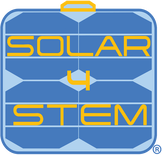Step 1: Identify Purpose & Curriculum The first step to starting a STEM program at your school is establishing why this STEM program exists and what you’re hoping to achieve with the STEM program. Consider this your mission statement that will guide the future steps you’ll be taking to form this program. You also need to establish the curriculum that will be taught and emphasized through this STEM program. This will guide your purchasing decisions when it comes to software, STEM kits, conferences, etc. It will also help you form a plan of what your faculty will need to be trained on to lead this program. Take Note! Use https://www.pltw.org/ to download some STEM curriculum learning standards based on whether your students are in Pre-5, Middle school, High school engineering, High school computer science, or High school biomedical science. Step 2: Budget & Resources Next, you need to set a budget for your program. Once the budget is determined you can investigate what resources you can afford. There are plenty of different STEM resources available for all kinds of budgets. Below are some resource ideas to get you thinking about what resources you can use in your STEM program.
Step 3: Location & Platforms Club Room - Create a space inside your school for after-school STEM club activities. As your STEM program becomes larger you can start to implement STEM learning in most classrooms. Go Virtual - Consider creating a virtual space to meet and teach STEM. You could also implement virtual learning experiences. For example, Code Academy is a great virtual resource for students to engage with STEM and learn to code. Take it Outside - Scale your STEM program by involving the community. For example, engineers at solar4STEM has a program where their engineers tutor students in STEM subjects. Try to involve businesses and parents to in your STEM program. An apprenticeship would be an amazing benefit to your students. Field Trips are also a fun way to take the learning outside the classroom. → Read More: 3 Steps to Start a STEM Program At Your School Jobs of the Future Artificial Intelligence (AI) and other emerging technologies have been and will continue to drastically change the job market. Standard jobs, retail salespeople, that are widely available today may be much scarcer in the future. Education needs to change so students are prepared for the changing job market. According to the National Academics of Sciences, “The education system will need to adapt to prepare individuals for the changing labor market. At the same time, recent IT advances offer new and potentially more widely accessible ways to access education.” Some jobs that are expected to grow in the future are:
Most in Demand Skills With AI phasing out jobs with repetitive tasks, employers will be looking for skills that AI cannot replicate. These uniquely human skills should be the focus of education, according to a Pew Research report that interviewed 1,408 technologists, scholars, practitioners, strategic thinkers and education leaders. Soft skills the study identified were in demand:
Technical (hard) skills the study identified were in demand:
How You Can Prepare Your Students for the Job Market Prepare your students for the changing job landscape by focusing on STEM, creative, and social skills that AI cannot replicate. You can incorporate the following teaching methods and topics in your classroom to better prepare your students.
Expose Students to New Job Possibilities The job market is changing rapidly with automation and AI already starting to make some jobs obsolete. At the same time, there has been an influx of new jobs that your students may not know about or view as a possible career path. Make sure students know about all the career options available to them in the following ways:
→ Read More: Prepare Your Students for the 21st Century Job Market Explain and Teach Sustainability in the Classroom What is sustainability? Sustainability is avoidance of the depletion of natural resources in order to maintain an ecological balance. Sustainability can be a pretty complex and abstract subject that is hard for students to grasp. Try to make sustainability something tangible with hands-on or real-world applications. Below are some ways you can teach sustainability in the classroom:
You can also do some engaging and fun sustainability activities in the classroom like sorting items that are recyclable and non-recyclable. Take Note! Use these Sustainable Education Lesson Plans for grades Pre K – 12 and other resources for educators to incorporate more sustainability in your classroom. Avoid Doom and Gloom You can’t talk about sustainability without talking about why it’s important to learn about in the first place, climate change. Talking about climate change can sometimes depress or overwhelm students and make them feel as if the whole sustainability effort, while important, is too little, too late. Inspire Your Students Try framing the conversation in a way that makes the students the heroes. This will inspire them to learn more about suitability so they can help prevent climate change in the future when they enter the work force! It’s also a good idea to include success stories of sustainable initiatives that have truly made a difference. → Read More: How to Teach Sustainability in the Classroom → Read More: 3 DIY Educational Sustainability Activities Visual Learners These students learn best by observation. Visual learners prefer images, videos, and graphics to process information. Most Effective Teaching Methods:
Reading/Writing Learners Those students who enjoy reading and writing likely fall into this category; they can analyze and express critical ideas through writing to gain a more thorough understanding. While many activities may inherently cater to this group, they will likely prefer written instructions during activities that are hands-on. Most Effective Teaching Methods:
Auditory Learners Listening and sound are the best reinforcement for those auditorily inclined. Those who are auditory learners prefer explanations above all else; a lecture is likely to be most effective here rather than reading off a document. Conversation and combining sounds into activities are critical to their success. Most Effective Teaching Methods:
Kinesthetic Learners For kinesthetic learners, doing is everything; when given the chance to work hands-on, they will gladly jump at the chance. Using all their senses in conjunction with the information given, this group of people need experimenting and interaction with the physical applications of ideas to gain a better grasp. Most Effective Teaching Methods:
→ Read More: How to Teach STEM to Visual, Auditory, Writing, and Kinesthetic Learners → Read More: [Quiz] What is Your Learning Style?
Choose solar4STEMIf you want to keep your family engaged and experimenting while at home, you should invest in a STEM kit that emphasizes all the positives of learning. The solar4STEM kit is a tool that reduces the hassle of prep work, provides enough materials for a collaborative and innovative setting, and provides lesson plans that not only outline experiments, but offers exploration and alternatives to learn your way. Let us help you bring the wonders of a science classroom into your home! Related Articles
1 Comment
Activity 1: DIY Recycled Rocket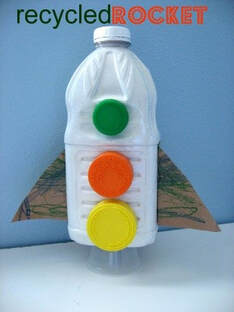 Materials:
Directions:
Activity 2: Recycle Old Crayons and Make Rainbow Crayons Materials:
Directions:
Activity 3: Recycled Bird Feeder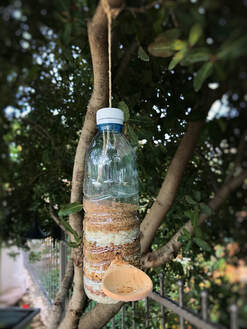 Materials:
Directions:
Choose solar4STEMsolar4STEM kits are tools that reduces the hassle of prep work, provides enough materials for a collaborative and innovative setting, and provides lesson plans that not only outline experiments, but offers exploration and alternatives to learn your way. Let us help you bring the wonders of a science classroom into your classroom! Related Articles
Explain and Teach Sustainability in the ClassroomSo...What actually is sustainability? Sustainability is avoidance of the depletion of natural resources in order to maintain an ecological balance. Sustainability can be a pretty complex and abstract subject that is hard for students to grasp. Try to make sustainability something tangible with hands-on or real-world applications. Below are some ways you can teach sustainability in the classroom:
You can also do some engaging and fun sustainability activities in the classroom like sorting items that are recyclable and non-recyclable. Take Note! Use these Sustainable Education Lesson Plans for grades Pre K – 12 and other resources for educators to incorporate more sustainability in your classroom. Avoid Doom and GloomYou can’t talk about sustainability without talking about why it’s important to learn about in the first place, climate change. Talking about climate change can sometimes depress or overwhelm students and make them feel as if the whole sustainability effort, while important, is too little, too late. When confronted with this valid emotional response, try changing their attitude about the whole situation. This is an important life lesson that students need to learn about resiliency. When we are faced with obstacles we can’t just quit and feel hopeless, but rather we need to rise to the occasion and do everything we can to face our challenges head on. Inspire Your StudentsTry framing the conversation in a way that makes the students the heroes. This will inspire them to learn more about suitability so they can help prevent climate change in the future when they enter the work force! Explain ways they can help the effort to fight climate change and promote clean sustainable practices when they grow up. Introduce them to STEM career paths where they may be able to make a difference. It’s also a good idea to include success stories of sustainable initiatives that have truly made a difference. Inspire sustainability learning with solar4STEM education kits that teach students how solar energy works. Have them create their own solar powered electrical circuit!
Choose solar4STEMsolar4STEM kits are tools that reduces the hassle of prep work, provides enough materials for a collaborative and innovative setting, and provides lesson plans that not only outline experiments, but offers exploration and alternatives to learn your way. Let us help you bring the wonders of a science classroom into your classroom! Resources & Links: https://www.footprintnetwork.org/ https://www.solar4stem.com/store.html https://www.teachforamerica.org/stories/lesson-plans-for-teaching-sustainability https://cgs.la.psu.edu/teaching-resources/k-12-resources-1/teaching-sustainability-resources-for-educators https://www.plt.org/educator-tips/8-sustainability-activities-and-ideas-for-the-classroom/ https://cft.vanderbilt.edu/guides-sub-pages/teaching-sustainability/ Related Articles
Jobs of the FutureArtificial Intelligence (AI) and other emerging technologies have been and will continue to drastically change the job market. Standard jobs, retail salespeople, that are widely available today may be much scarcer in the future. Education needs to change so students are prepared for the changing job market. According to the National Academics of Sciences, “The education system will need to adapt to prepare individuals for the changing labor market. At the same time, recent IT advances offer new and potentially more widely accessible ways to access education.” Some jobs that are expected to grow in the future are:
Most in Demand SkillsWith AI phasing out jobs with repetitive tasks, employers will be looking for skills that AI cannot replicate. These uniquely human skills should be the focus of education, according to a Pew Research report that interviewed 1,408 technologists, scholars, practitioners, strategic thinkers and education leaders. Soft skills the study identified were in demand:
How You Can Prepare Your Students for the Job MarketPrepare your students for the changing job landscape by focusing on STEM, creative, and social skills that AI cannot replicate. You can incorporate the following teaching methods and topics in your classroom to better prepare your students.
Use solar4STEM educational kits to teach students ages 8+ about solar power, electrical circuits, and magnetism. Use these kits to build technical and social skills with group science experiments. Expose Students to New Job PossibilitiesThe job market is changing rapidly with automation and AI already starting to make some jobs obsolete. At the same time, there has been an influx of new jobs that your students may not know about or view as a possible career path. Make sure students know about all the career options available to them in the following ways:
Choose solar4STEMsolar4STEM kits are tools that reduces the hassle of prep work, provides enough materials for a collaborative and innovative setting, and provides lesson plans that not only outline experiments, but offers exploration and alternatives to learn your way. Let us help you bring the wonders of a science classroom into your classroom! Resources & Links: https://www.pewresearch.org/internet/2017/05/03/the-future-of-jobs-and-jobs-training/ https://www.debt.org/jobs/21st-century/ https://www.pewresearch.org/internet/2017/05/03/the-future-of-jobs-and-jobs-training/ https://www.solar4stem.com/store.html https://www.careeronestop.org/Toolkit/Skills/skills-matcher.aspx https://www.careeronestop.org/ExploreCareers/Learn/learn-about-careers.aspx https://www.careeronestop.org/ExploreCareers/Plan/plan-your-career.aspx Related Articles
|
Make STEM Fun & Easy!Located in Pinellas Park, FL, solar4STEM has been providing parents and educators interactive STEM kits to keep kids engaged. Let us help you make STEM fun & easy with hands-on experiments!
Follow Us3845 Gateway Centre Blvd.,
Suite 360 Pinellas Park, FL 33782 Vertical Divider
|
Vertical Divider
|
|
|
Sitemap
|









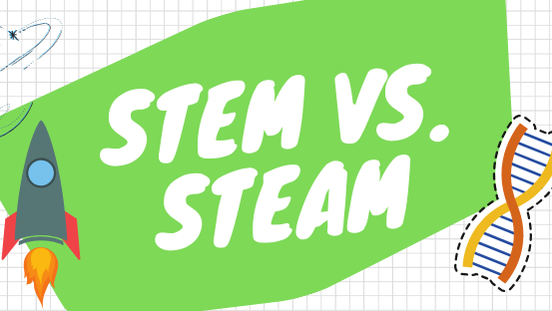
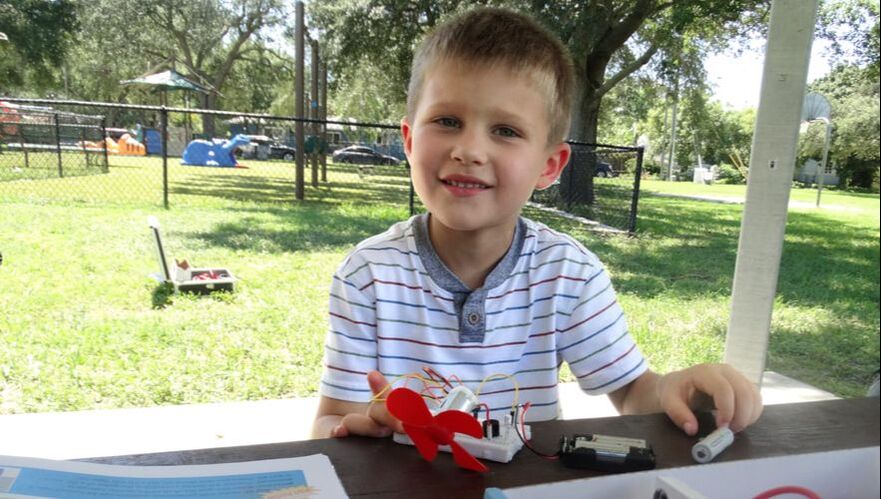

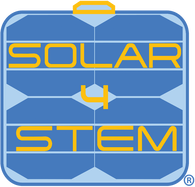



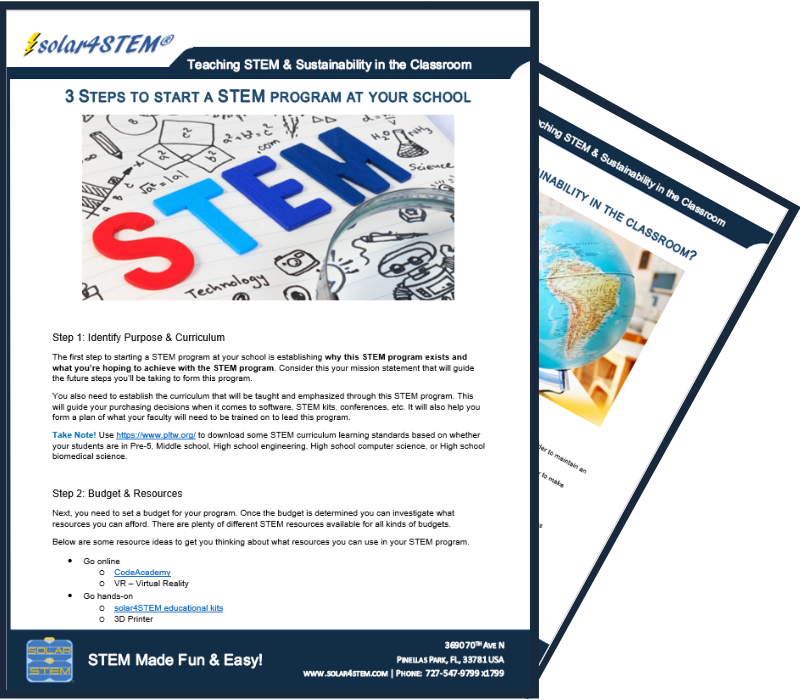








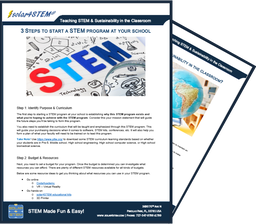

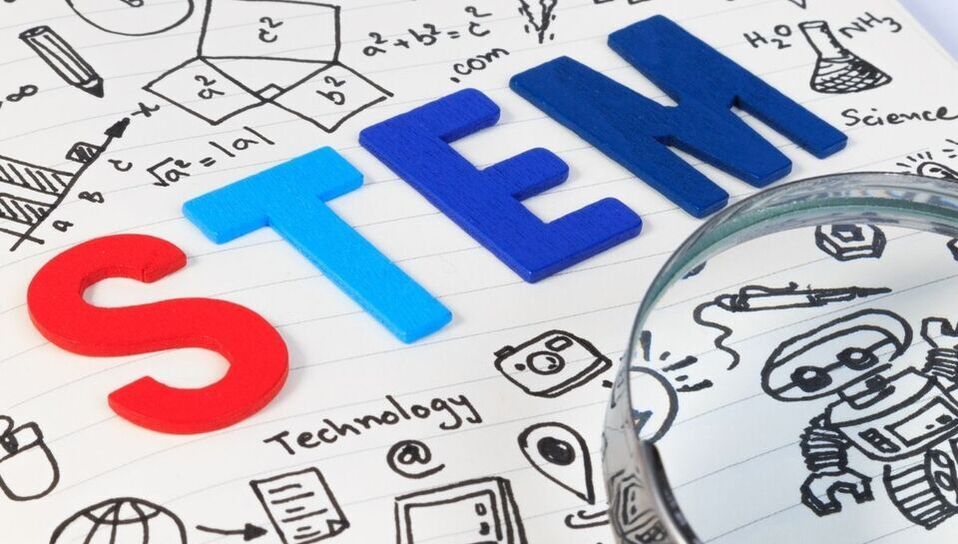


 RSS Feed
RSS Feed
